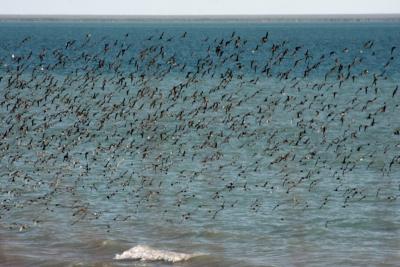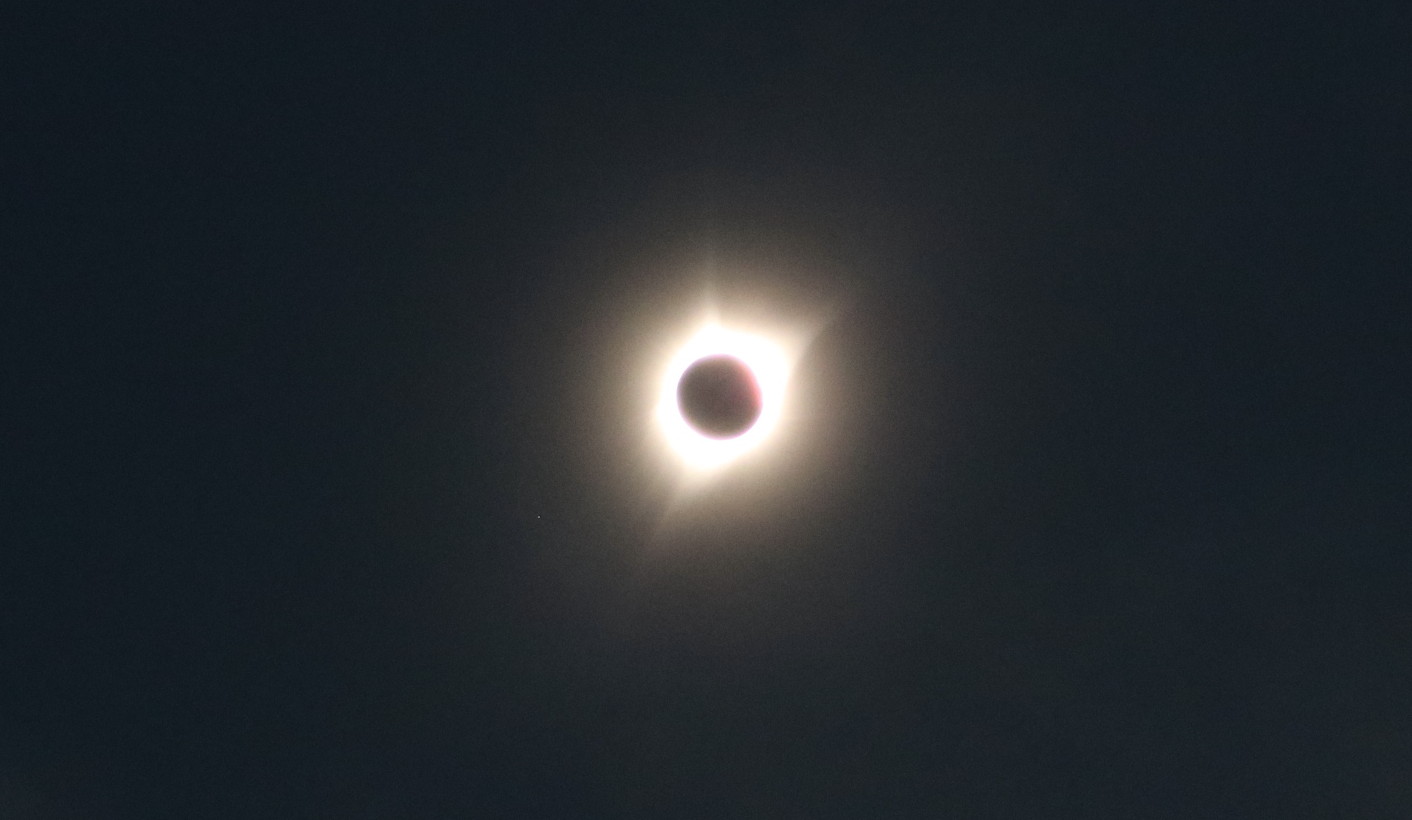Work and Play, all in a Day
 Our second day in Broome starts with laundry. The park laundry facilities here are generally quite good. Here in Broome there are 10 washers and just 4 dryers. All the parks have clothes lines set up for laundry right next to the laundry room. Our campervan came with a set of clothes pins and a small clothes line. Washers here are $4.00 per load so she has been economizing by hanging the laundry to dry rather than using the dryers. It is always an adventure to do the laundry. Some machines take $1 coins and others take $2 coins. Most park facilities have one or the other. Last week the laundry in Darwin had some machines that used $1 coins and others that used $2 coins. There is no paper money in denominations less than $5 in Australia and there are no pennies. I’ve not heard the $1 and $2 coins referred to as Loonies and Twonies!
Our second day in Broome starts with laundry. The park laundry facilities here are generally quite good. Here in Broome there are 10 washers and just 4 dryers. All the parks have clothes lines set up for laundry right next to the laundry room. Our campervan came with a set of clothes pins and a small clothes line. Washers here are $4.00 per load so she has been economizing by hanging the laundry to dry rather than using the dryers. It is always an adventure to do the laundry. Some machines take $1 coins and others take $2 coins. Most park facilities have one or the other. Last week the laundry in Darwin had some machines that used $1 coins and others that used $2 coins. There is no paper money in denominations less than $5 in Australia and there are no pennies. I’ve not heard the $1 and $2 coins referred to as Loonies and Twonies!
The tropics have increased our laundry considerably. Clothes worn for several hours are quickly exchanged for dry clothes when we return home. The combination of humidity, bright sunny days and low latitudes with very warm temperatures make for quite a lot of perspiration with very little effort! Louise has quickly adjusted to doing laundry in the park laundry facilities. I try to do the running for Louise when she is doing laundry. So I make the trip to the office to get the needed coinage. I try to assist her also when hanging the laundry to dry and taking clothes off the line. It makes things go faster if someone is carrying things back and forth while another pins the clothes on the line or folding as they come off the line. She takes care of all the technical work, running the machines, arranging the clothes on the line, folding clothes. I’m the unskilled labor!
We spent the afternoon at the Broome Bird Observatory. Most of our birding has been done on our own. I’m a casual birder. I don’t go hunting for specific birds. When we are hiking we’ll stop and try to identify any bird we see. Once we learn to identify specific birds we simply name them and go on, sometimes taking a little time to observe their actions and view them through binoculars. When we find a bird we don’t know we’ll first try to make a mental note of any field markings that might be helpful in identifying the bird. There is an extensive list beginning with the size and shape of the bird, the size and shape of the bill, color(s), length of legs and tail, etc. Then we get out our bird book and try to find the bird in the book. This all takes time and sometimes we don’t have enough information about the bird to be able to identify it before it flies away. So up to this time we’ve identified 92 birds here in Australia. At the Broome Bird Observatory we would have a guided tour with an experienced birder who can identify birds quickly and knows where to look for specific birds. This speeds up the process of seeing and identifying new birds. It also means that we don’t imprint those birds in memory quite as well as those we have identified ourselves. That will come later if or when we see these birds again.
We had the option of driving ourselves to the observatory or being picked up at our park for the tour. We chose to be picked up for the trip. We knew that part of the trip was on dirt road and we’ve tried one of these and found the campervan to be very poorly suited for travel on these roads. So we got the experience of traveling in a four wheel drive vehicle on dirt roads in Australia. Having done that, we were glad we didn’t try to take the campervan on this road. There were spots where deep sand had been blown onto the road. Most of the road was well below ground level with dirt pushed up on the sides by graders. Washboarding was common and taking alternate sides of the road helped avoid some of them but others were impossible to avoid. There was little traffic on this road but when you did meet another vehicle you had to move far to the side. It was only 7 kilometers but it seemed like a very long drive at 30 to 40 kilometers per hour.
Located on Roebuck Bay south of Broome, the Bird Observatory is one of the prime locations for shore birds in the world. The large tides make for ideal conditions for shore birds with miles of mud exposed at low tide, millions of shore birds find plenty to eat. Birds from all over eastern Asia migrate to this area during the northern hemisphere winter. Many of those are gone now but plenty remain. Our guide was able to pick out significant birds from a large flock along the shore. Using a large scope we were able to get good looks at birds without disturbing them.
Shore birds are a weakness of mine. Living in Missouri most of my life I saw few birds that were shore birds. There are many species and their markings are sometimes not very distinctive. The mostly have long legs and long bills so identifying them is difficult and time consuming for me. They also occur in mixed flocks, groups with many different species all mixing together. This makes identification more difficult as they move about constantly and it is hard to keep track of a single bird.
An occasional Black Kite or Whistling Kite would circle overhead and the whole flock would take to the air in a great flurry (see photo with this posting) only to settle back to their same location and return to their regular activities once more. Once the flock finally moved on further south we took a tour of the grass plains on a nearby cattle station. Traveling in the four wheel drive vehicle through the pastures we observed a great variety of birds as well as a few wallabies. We added 16 new birds to the list of 92 that we had seen before. It was a very productive day.



0 Comments
Recommended Comments
There are no comments to display.
Please sign in to comment
You will be able to leave a comment after signing in
Sign In Now